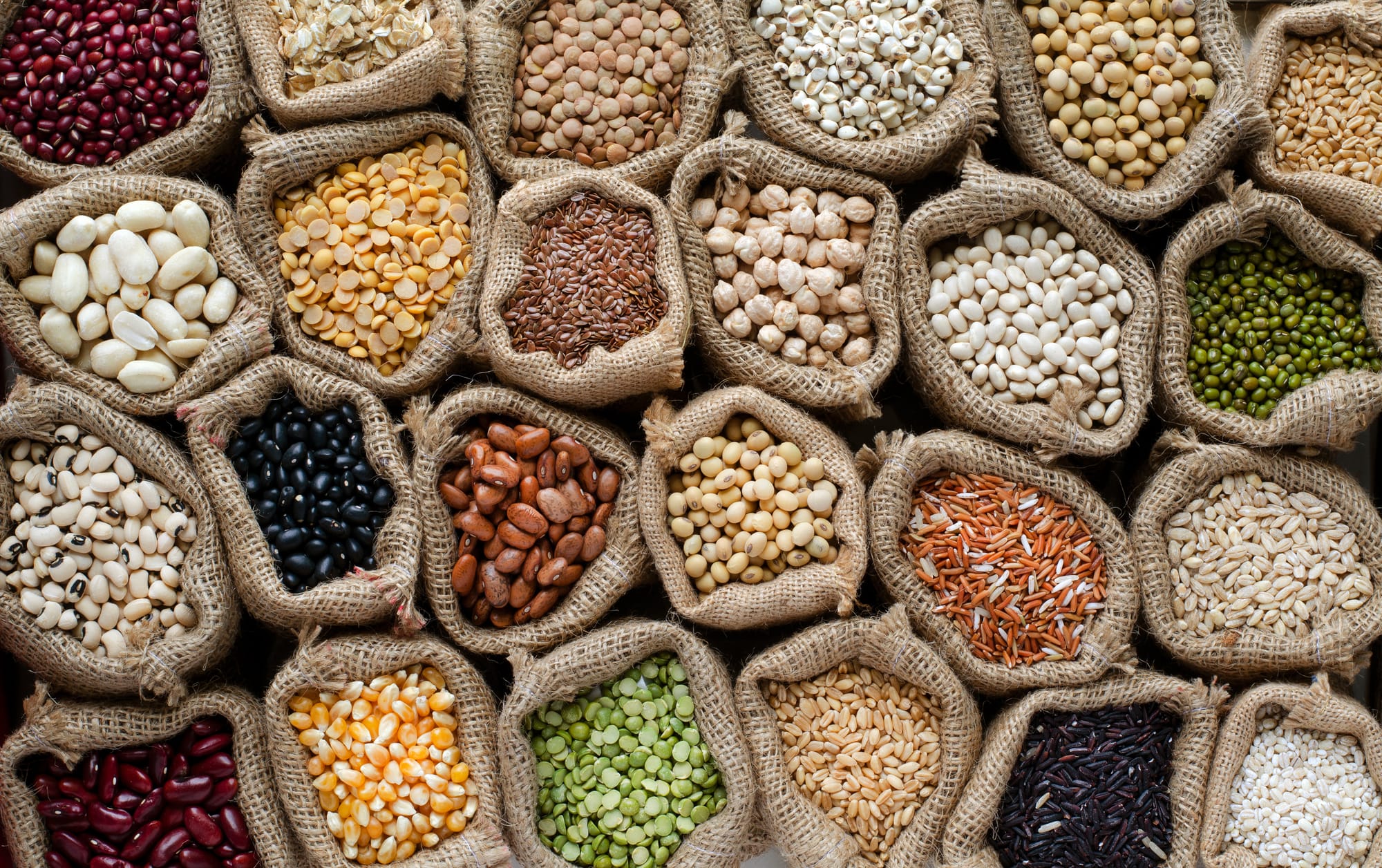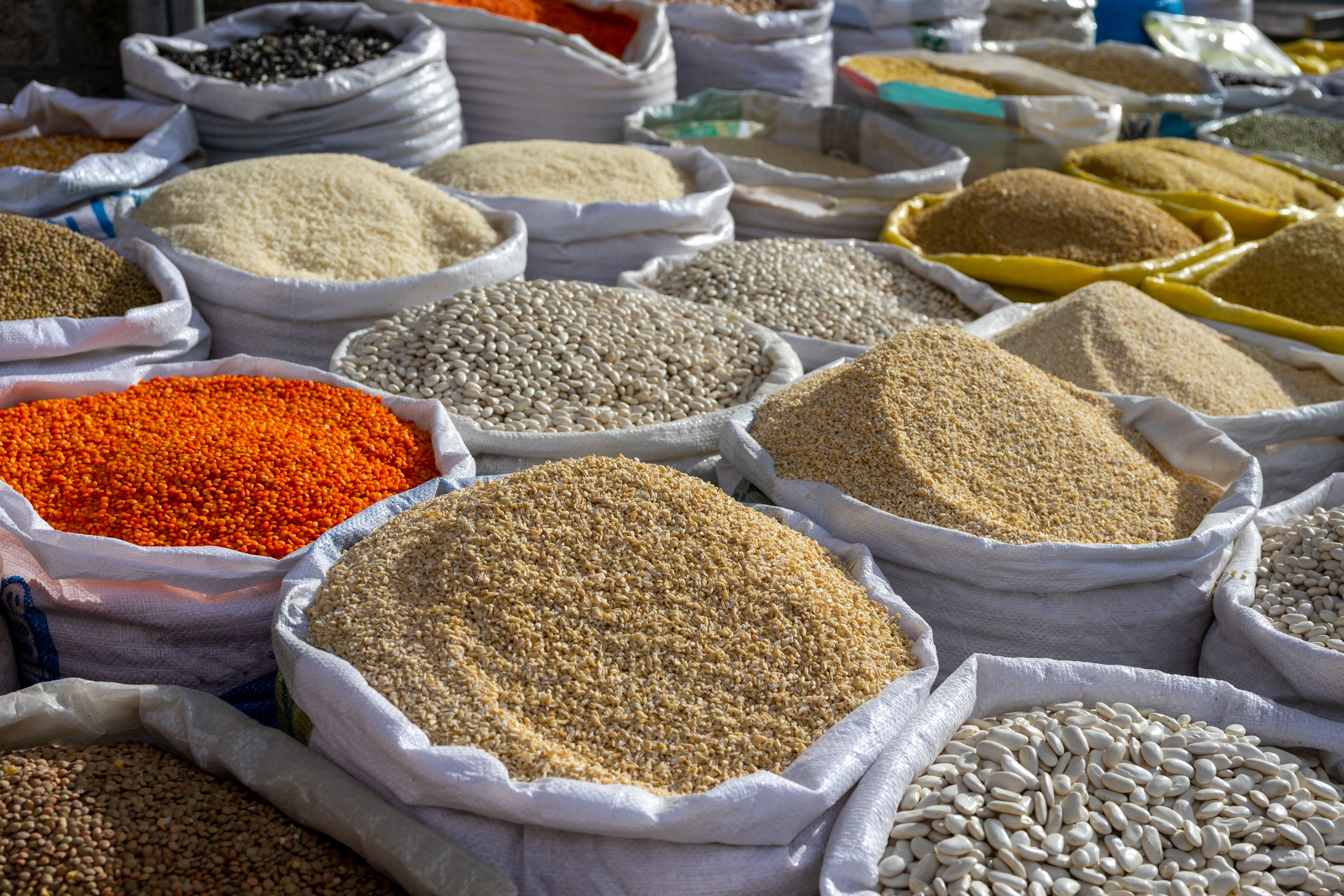
Since 2004‑05, pulse production in Andhra Pradesh (AP) has been declining: the state now records an average annual growth rate of −1.94% in pulse output.
- Before that period (from 1950s up to 2004‑05), AP had a positive growth rate of +3.3% in pulse production.
- AP cultivates pulses over approximately 12 lakh hectares (kharif + rabi) and its annual production is about 10.3 lakh tonnes.
- Among major pulse‑producing states, AP is the only one to show negative growth in output post‑2004‑05. Others, like Rajasthan, Maharashtra, Madhya Pradesh, etc., have positive growth.
🔍 Causes Mentioned in the Article
The article identifies several interlinked factors behind this decline:
- Agricultural shift
Many farmers are moving away from pulses toward more remunerative sectors like horticulture and aquaculture. These offer better returns per unit area compared to traditional pulse farming. - Economic composition changes
In the fiscal year 2024‑25:- Horticulture + livestock contributed ~22% to AP’s Gross Value Added (GVA).
- Traditional agriculture accounted for just 3.88% of GVA.
- A decade ago, agriculture’s share was notably higher (~8‑9%).
- Agro‑climatic and operational challenges
These include:- Pest infestations.
- Delayed release of water (irrigation/water management issues).
- High input costs (seeds, fertilizers, labour, etc.).
- Poor market prices for pulses.
- Limited mechanisation/adoption of modern farming methods.
- Limited irrigation in some regions.
📊 Comparison with Other States
- Rajasthan shows strong growth in pulses post‑2004‑05 with ~8.05% growth rate. show healthy positive growth, above the national average.
- AP is unique among large pulse producers in having negative growth, which is notable.
⚠ Implications
- Food & nutrition security: Pulses are a key source of protein for many Indians. Declining production may increase dependence on imports or raise prices, affecting poor and rural populations.
- Income & livelihood of farmers: With pulses less profitable, farmers switching to other crops may be better off financially, but this also reduces diversity & resilience in farming systems.
- Agricultural diversity & sustainability: Pulses help with soil fertility (nitrogen fixing), less water requirement vs many other crops; decline may lead to more water/stress on soils & resources.
- Policy pressure: This trend may prompt government intervention — via subsidies, input support, better pest control, better irrigation, improved seed varieties, better procurement policies, etc.



